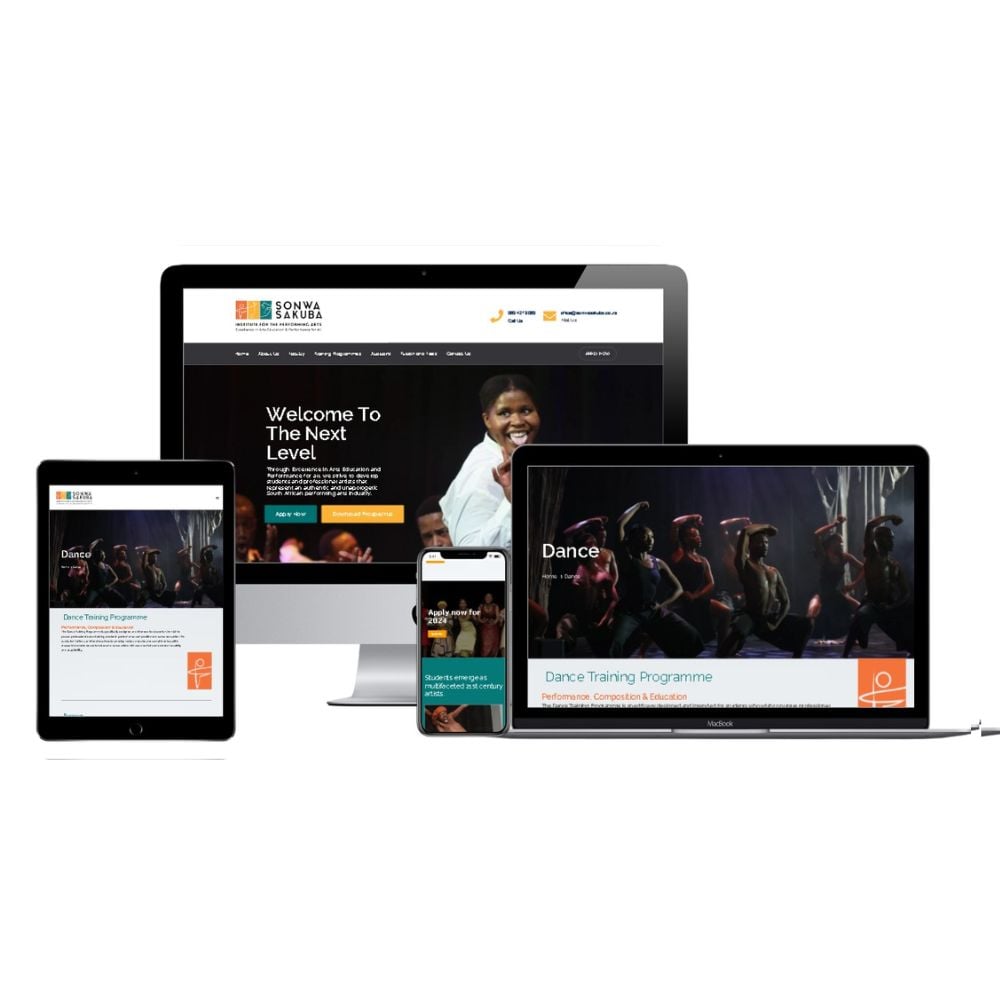Responsive Website Design for Seamless Viewing on Any Device
Responsive Website Design for Seamless Viewing on Any Device
Blog Article
Top Tips for Creating an Impactful Site Layout That Transforms
To attain this, one should take into consideration a variety of aspects, consisting of recognizing the target audience, focusing on customer experience, and optimizing for mobile platforms. The calculated use of engaging call-to-actions and a distinct visual hierarchy plays an essential function in guiding users through their journey.

Understand Your Target Market
Recognizing your target market is basic to efficient internet site design, as it lays the foundation for producing an engaging user experience. Identifying that your users are, including their demographics, choices, and habits, allows designers to customize the site's content, layout, and capability to fulfill certain requirements.
Carrying out comprehensive market study is vital in this process. Surveys, meetings, and analytics can give useful insights into individual assumptions and pain factors. By compiling this data, developers can create user personalities that stand for different sections of the audience, guaranteeing that layout decisions are educated and relevant.
In addition, comprehending the target audience assists in choosing proper style elements such as color pattern, typography, and imagery that reverberate with customers. An internet site that talks directly to its target market fosters a sense of link and trust, encouraging longer sees and higher conversion prices.
Eventually, a user-centered strategy to internet site layout not just enhances user satisfaction yet additionally supports organization purposes by driving engagement and loyalty. By focusing on the demands and choices of the target market, a website can properly serve its purpose and attain desired end results.
Prioritize Customer Experience
To enhance the general performance of a web site, focusing on individual experience (UX) is essential (Website Design). A properly designed UX makes sure that site visitors can browse the website effortlessly, discover information rapidly, and engage with content meaningfully. This causes increased user contentment and higher conversion rates
Begin by implementing instinctive navigating. Menus should be rationally structured, enabling users to find essential areas of the website with marginal initiative. Uniformity in layout components, such as color systems and typefaces, promotes experience, which is critical for preserving individual engagement.
Furthermore, take into consideration the filling speed of your website. A hold-up of simply a few seconds can cause substantial drop-offs, as users are less most likely to await a slow-loading web page. Enhancing images and enhancing code can boost performance and maintain visitors.
By prioritizing user experience, you not only produce a much more pleasurable setting for site visitors but likewise reinforce your brand name's integrity. Ultimately, a focus on UX is a financial investment in the long-lasting success of your internet site.
Optimize for Mobile Gadgets
Maximizing for smart phones is essential in today's electronic landscape, where an enhancing variety of customers accessibility internet sites with smartphones and tablet computers. A mobile-friendly layout not only improves individual experience but also plays a significant duty in boosting search engine rankings. To achieve this, it is important to take on a responsive style that immediately adapts to different display sizes and alignments.

Filling speed is another critical aspect; mobile individuals are commonly less client and expect rapid access to info. Maximize images and utilize internet browser caching to improve efficiency. Ultimately, examination your internet site on several devices and display resolutions to recognize and rectify any potential functionality issues. By focusing on mobile optimization, you guarantee that your internet site continues to be affordable and properly involves a wider audience.
Use Compelling Call-to-Actions
A web go to these guys site's effectiveness commonly rests on its capability to lead visitors towards desired actions, making compelling call-to-actions (CTAs) crucial parts of style. CTAs act as the crucial factors that direct individuals to engage with the website, whether that implies making an acquisition, registering for a newsletter, or downloading and install a resource.
To develop reliable CTAs, quality is paramount. Use concise language that plainly connects the action you desire the user to take. Phrases such as "Start," "Subscribe Free," or "Store Now" not just share urgency but also eliminate uncertainty. The positioning of CTAs is just as essential; they should be purposefully positioned throughout the web page to ensure they are quickly visible, particularly in high-traffic locations.
In addition, take into consideration using directional signs, such as arrows or photos, to direct individuals toward these switches. By focusing on these aspects, organizations can substantially improve user engagement, driving conversions and ultimately achieving their website's goals.
Focus on Visual Power Structure
Reliable web site design depends greatly on a well-structured aesthetic hierarchy that guides customers with material seamlessly. By arranging components in a fashion that focuses on information, designers can boost user experience and help with decision-making. This includes using size, shade, contrast, and spacing purposefully to accentuate one of the most essential parts of a webpage.
Making use of larger fonts for headings and subheadings develops a clear difference in between various sections, enabling users to scan material easily. Additionally, using different shades for switches and calls-to-action can catch user interest and motivate communication. Whitespace is one more important element; it protects against mess and allows users to concentrate on key messages without diversions.
Images and graphics should match the message while also adhering to the well-known hierarchy, reinforcing the overall message (Website Design). Uniformity in design elements, such as shade plans and typography, further reinforces the aesthetic hierarchy, making navigation instinctive

Final Thought
Finally, reliable website style demands a comprehensive understanding of the target audience, prioritization of individual experience, and mobile optimization. The calculated use compelling call-to-actions and a distinct aesthetic power structure further enhances customer interaction. By implementing these concepts, websites can achieve greater conversion prices, my website guaranteeing that design aspects not just bring in site visitors however also assist in seamless navigation and communication. Ultimately, a well-executed internet site layout works as a vital element in driving individual activities and accomplishing company goals.
Report this page